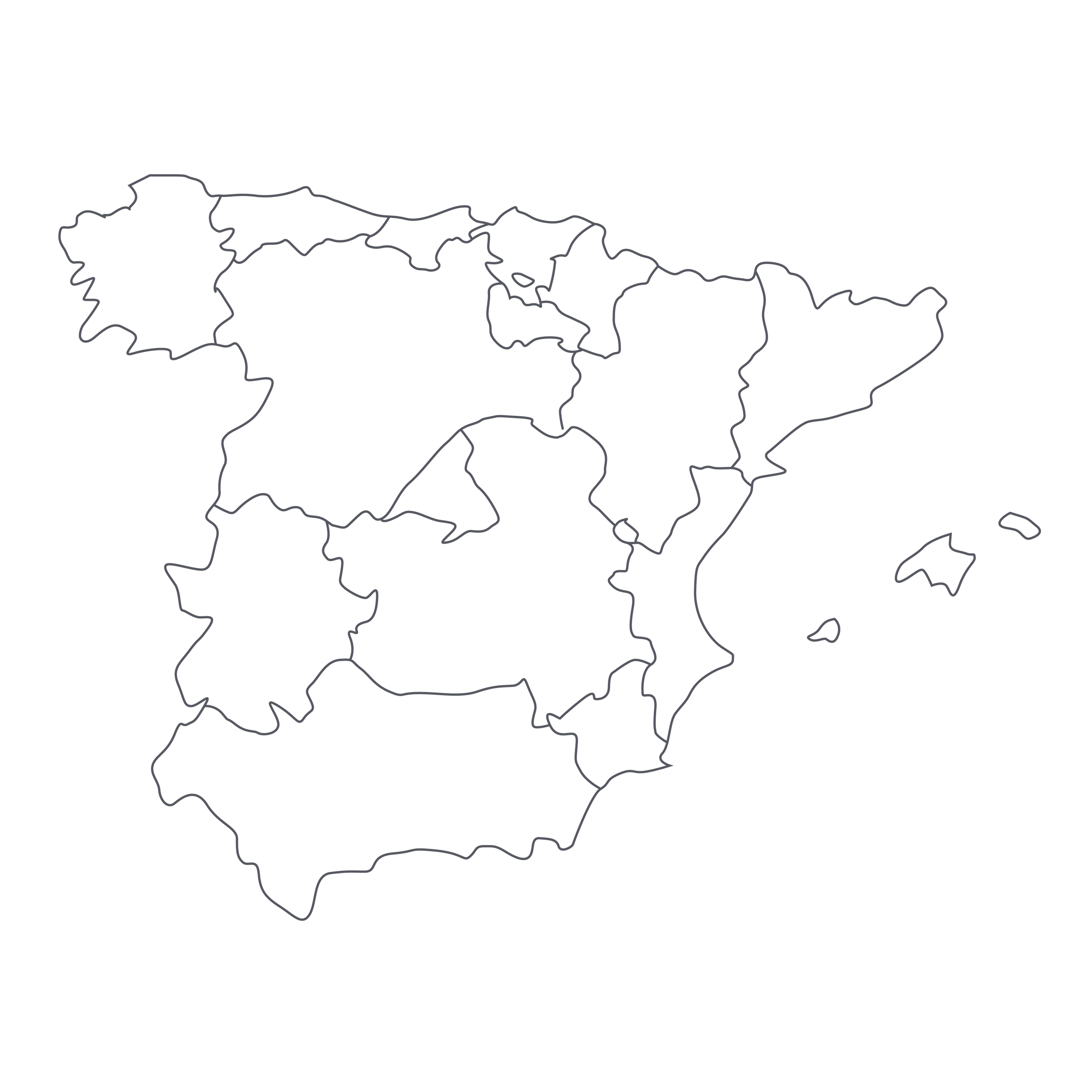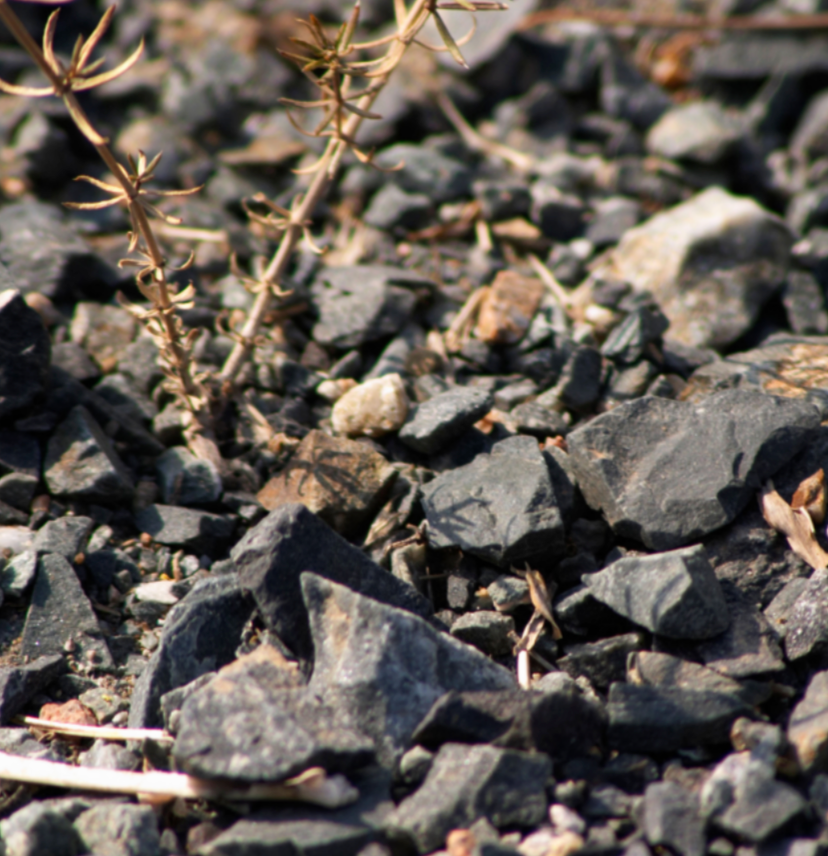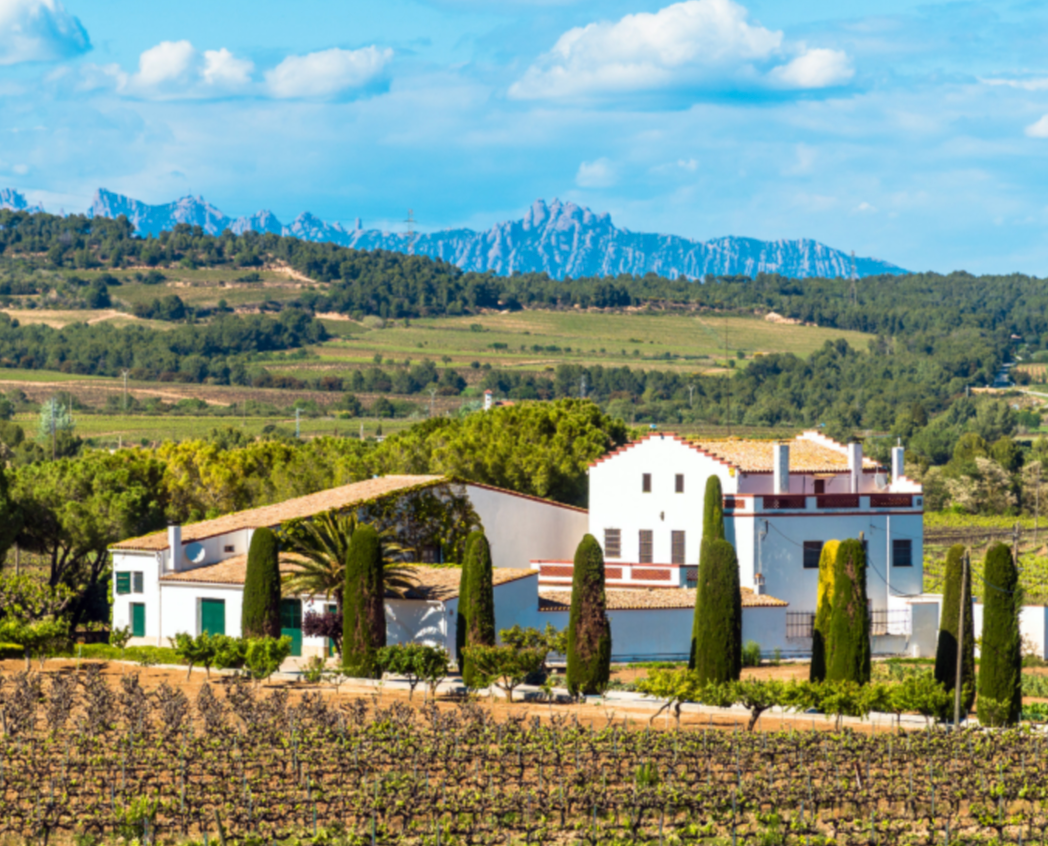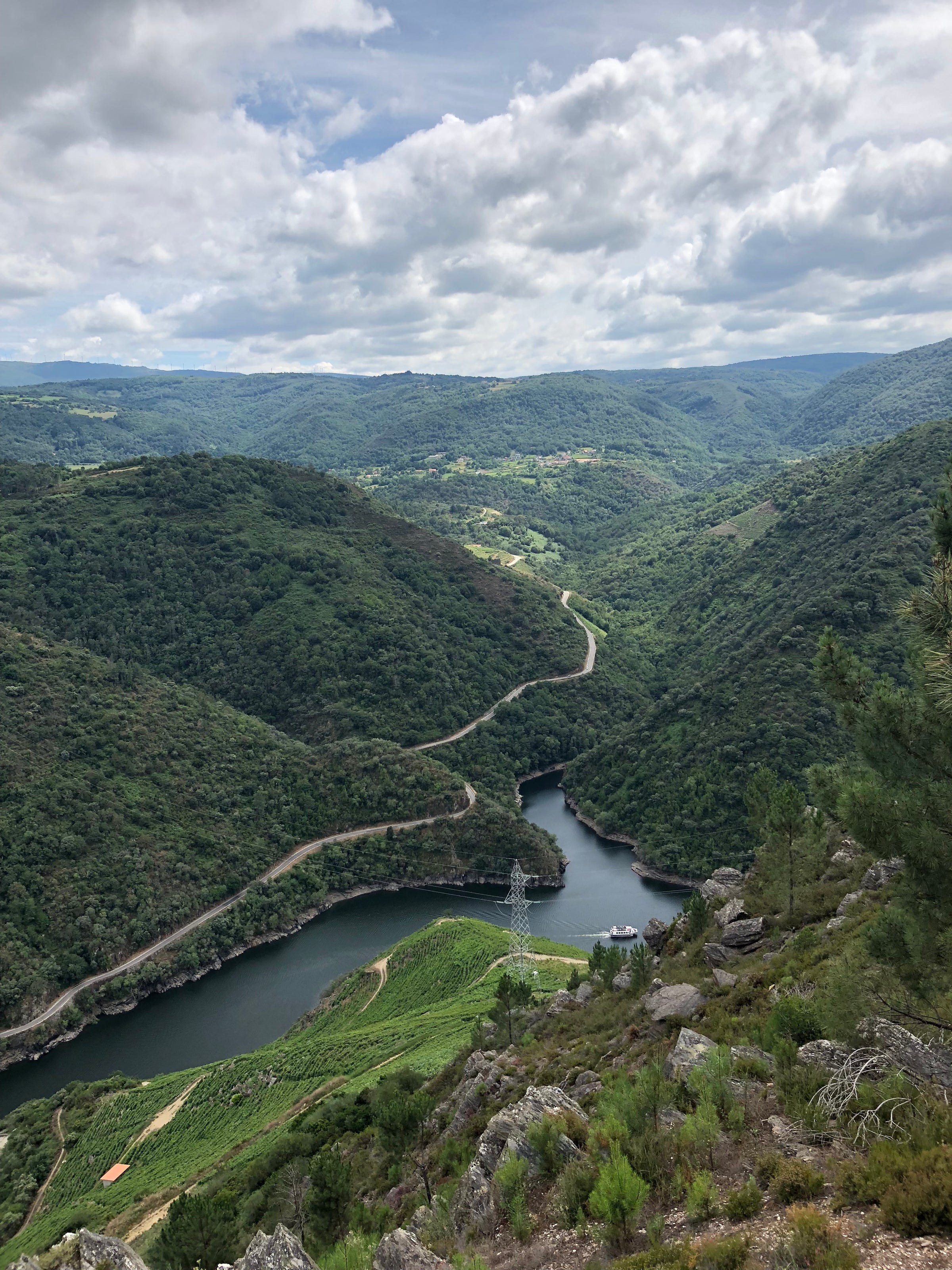No one does it like Akutain. Yes, their breathtaking wines can be compared to the all-time greats like López de Heredia and La Rioja Alta, but when it boils down to production, Bodega Akutain is a truly artisanal farmstead. Here you will find one man, a small horse stable-turned-cellar, and a mere 6.5 hectares of organically hand-farmed vines clinging to some of Rioja’s highest elevation clay-limestone hillsides. Look no further if you wish to experience a shining example of mature, deeply traditional, ready-to-drink Rioja.
Actually, there’s nowhere else to look: A quick drive around the internet will show you just how hard it is to come by Akutain’s Reserva—only a few vintages are listed and none of them are available for purchase. Honestly, if you dive in too deep you may start wondering if they even exist at all. But today’s 2012 proves that Akutain does indeed craft a Reserva, and although the man hardly makes any wine, the bottles that do reach us are ultra-authentic, region-defining wines that bring renewed energy to the soul of old-school Rioja. Given that Rioja is Spain’s undisputed king of wine appellations—and that fully mature bottles from top producers in equivalent French or Italian regions fetch 3-4 times as much—it’s hard to fathom how a masterful example sneaks onto the market for under $40. This now seven-year-old Reserva overflows with energy, rustic depth, and finely chiseled textures that exemplify why Rioja is one of the world’s greatest terroirs. Again, we have a very limited number of cases to share, and when that last bottle goes, that’s it. Trust me when I say that this wine is as sensational as it is rare!
Bodega Akutain’s history begins in the early 1970s with its founder, Juan Peñagaricano Akutain. At the time, Akutain was a young man living in the Basque country while working as a traveling salesman for a company that offered refrigeration and cooling systems to wineries. Despite the sometimes mundane nature of his work, the young Señor Akutain forged personal and meaningful bonds with the families behind some of the Rioja region’s most storied traditionalist estates, such as CVNE and La Rioja Alta. After many years spent visiting the cellars, studying local vineyard techniques, and drinking every bottle of Rioja he could lay his hands on—all the while saving his earnings—Akutain was ready to plant his own vineyards. He spent a few years searching for the perfect site and finally, in 1975, he found his dream property located just 5 kilometers west of Haro, the wine-producing epicenter of Rioja. Here, Akutain planted 6.5 hectares of vineyards to Tempranillo (85%), Garnacha (14+%), and Viura (<1%). Over the years, Juan continued to work as an engineer and salesman while training, pruning, and harvesting his vineyards during off-hours. These days, after decades of relentless work, he has turned over operations to his son, Jon.
The Akutain family's vineyards are located high in the mountainous Rioja Alta sub-region. This is without question the most historically important area of Rioja, with high-elevation, limestone-dominated vineyards producing fruit for large, grand estates like López de Heredia. Bodega Akutain’s four small vineyards are perched between 1,500 and 2,000 feet elevation. In addition to the structure and minerality that only limestone can impart, this elevation ensures that Akutain’s wines remain balanced and share little in common with the modern styles of Rioja that rely on extraction and French barriques. Speaking of, it is mandatory to point out that Bodega Akutain does not own a single French Oak barrel.
The Akutain family has remained staunchly old school and still practices the Rioja tradition of working exclusively with high-quality American oak from our own Appalachian region. And this is not just a minor technicality, American oak is an absolutely necessary aromatic and textural component when a traditional Rioja like this reaches adolescence and full maturity. In Tempranillo-based Rioja, the American oak barrel’s premature vanilla and coconut aromas soon evolve and mellow, integrating and eventually disappearing into the wine’s savory, meaty backdrop. Similarly, its once ample oak tannins gradually soften and become a delicate support structure for Rioja’s soft, round fruit. That’s why authentic Rioja is so darn enjoyable—they do most of the aging for you. Take today’s 2012: It fermented naturally in used American oak, aged in American oak for well over two years, was bottled unfined and unfiltered, and cellared for yet another year before release.
At seven years of age, this Reserva is a perfect example of how in Rioja, with the help of a little time, all these components—oak spice, tannin, richness, acidity—come together in gorgeous harmony. With this wine, they have produced a magical sum far greater than the parts and transformed it into something sophisticated, complex, and soulful. In the glass, the wine reveals a deep garnet hue and instantly reveals aromas of dried black cherry, currant, strawberries, spiced red plums, sweet pipe tobacco, crushed rose petals, leather, sandalwood, coconut husk, baking spices, vanilla bean, and wild underbrush. This wine’s soft and luxurious palate is medium in body, but it possesses a depth and presence that fill one’s mouth with generosity in every sip. As with all great Rioja Reserva that is entering its peak drinking window, we can expect this bottle to show beautifully for at least another decade and beyond if treated to a dark, cool environment. Still, this wine is absolutely delicious today so don’t wait—all you need to do is decant it for one hour and serve around 60 degrees in large Burgundy stems. Oh, and make sure it’s alongside the following slow-roasted lamb shoulder (use a Crianza for the red wine). Enjoy!





